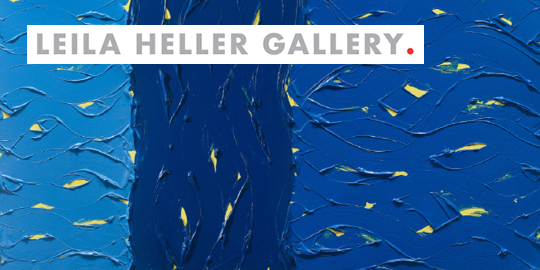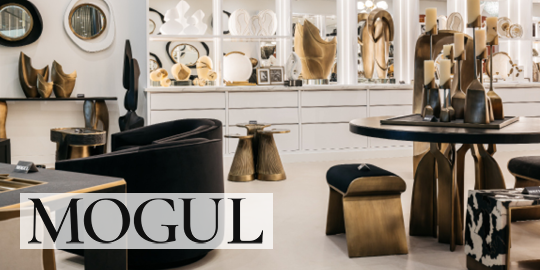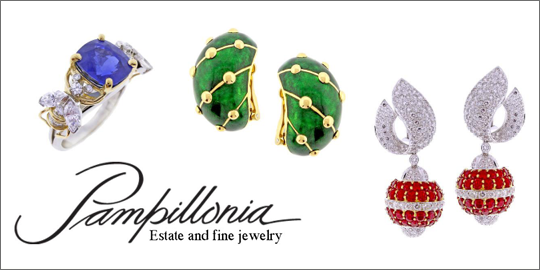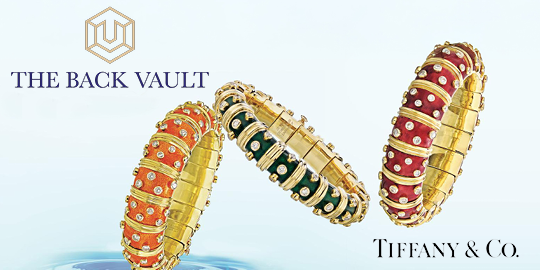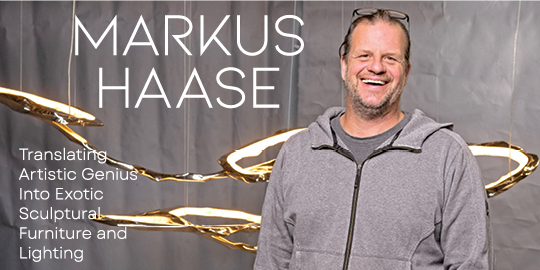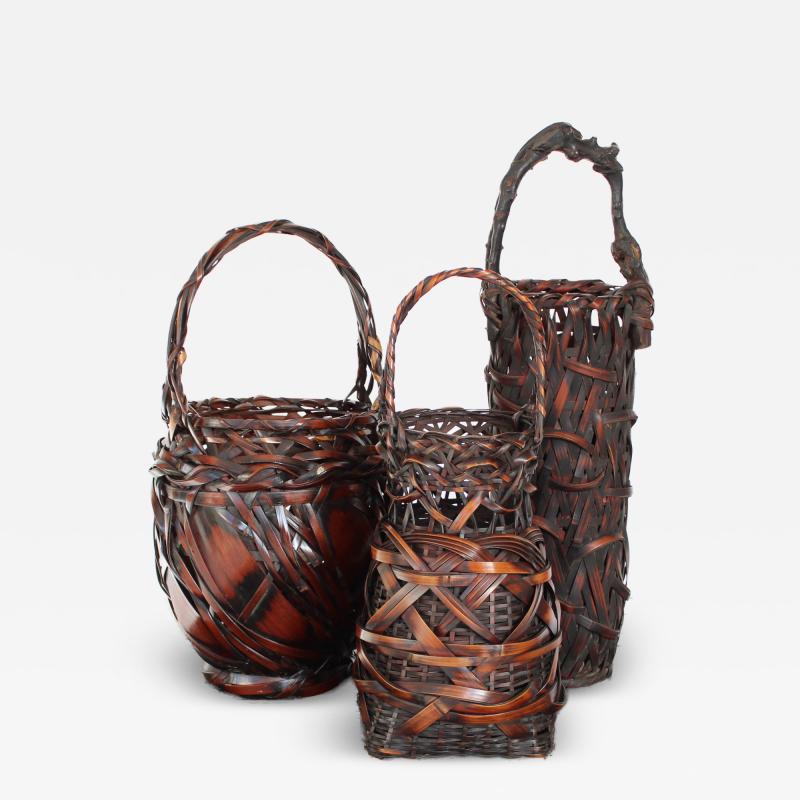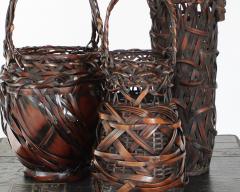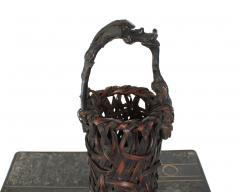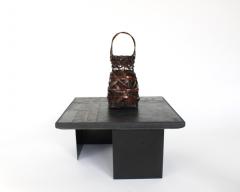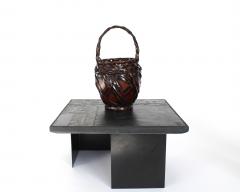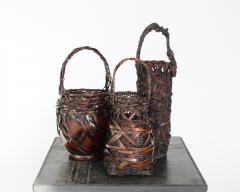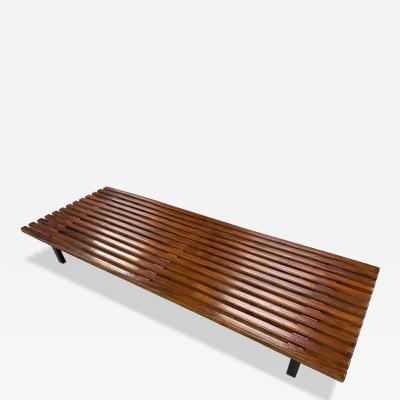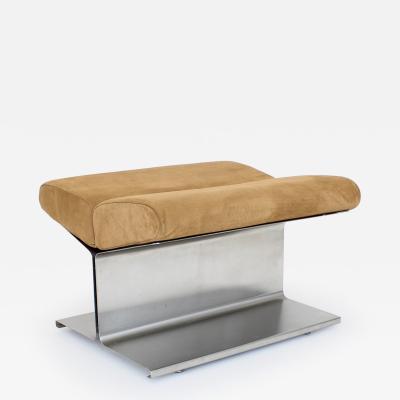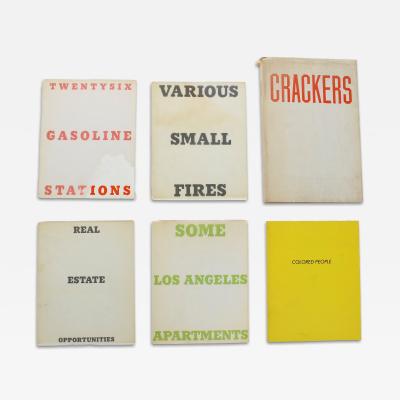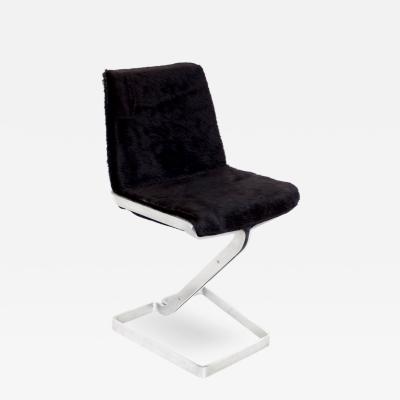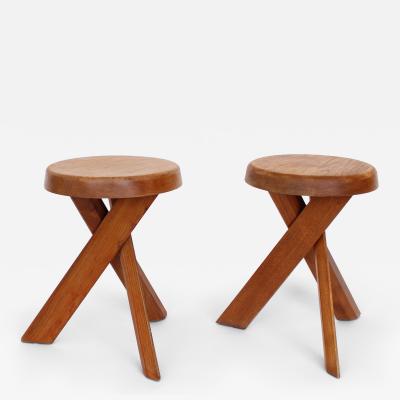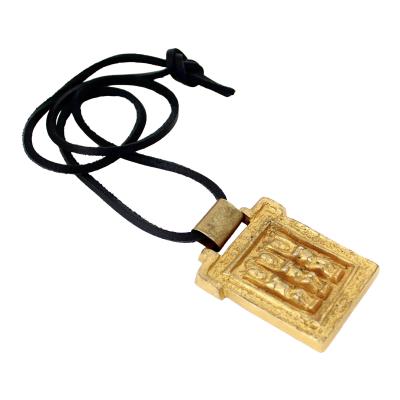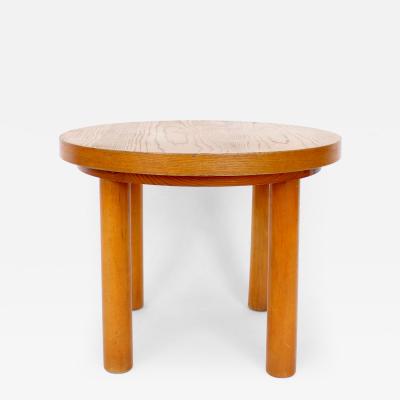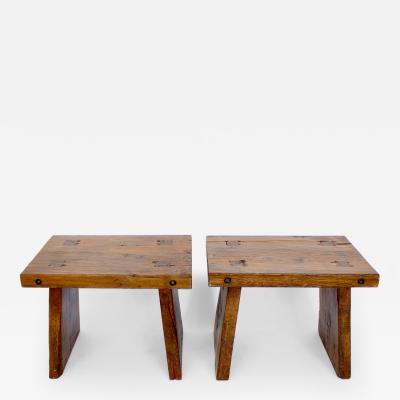Showrooms
COLLECTION OF JAPANESE IKEBANA BAMBOO BASKETS JAPAN – SHÔWA ERA (1926-1989)
-
Description
COLLECTION OF JAPANESE IKEBANA BAMBOO BASKETS JAPAN – SHÔWA ERA (1926-1989)
Ikebana baskets (hanakago) made of dark brow varnished bamboo, elongated rounded shape, with a handle made of three varnished wooden branches. Thicker bamboo braids on the four sides. The roughness of the handle is a reminder of a raw wood and contrasts with the delicate weaving braiding of the basket. Rounded beautifully woven basket with exceptional patina and bold weaving. Third basket with tapering neck reminiscent of Japanese ceramics and delicate handle. Ikebana or Ka-do (the way of flowers) is a traditional Japanese art of flower arrangement. Unlike Western floral art, ikebana does not aim to emphasize only the beauty of the flowers and the harmony of colours. This art wants to enhance the vase, the stems, the leaves, the branches as much as the flower itself. The structure of the floral arrangement is based on three symbols: the sky, the earth and humanity.
Tall Basket with Knotty Wood Handle 21” h x 6.5” d
Round Basket with Woven Handle 18” h x 9” d Graceful Vase like Basket 17” h x 7” d
Price $3500 for collection -
More Information
Origin: Japan Period: 1920-1949 Materials: Woven Bamboo Condition: Good. Creation Date: c192-1989 Number of Pieces: 2-3 Styles / Movements: Modern, Minimalist Patterns: Asian/Oriental Incollect Reference #: 814547
Shipping Information:
We sell and ship across the United States, Europe, Australia, Hong Kong and wherever you are.
Message from Seller:
Pavilion is the collective vision of Deborah Colman and Neil Kraus, both graduates of the master of fine arts program at the Art Institute of Chicago. From a longstanding interest in art and design, frequent buying trips to France and Italy have influenced the direction of the gallery to offer items that are not easily sourced in Chicago and United States. Postwar design has been the focus for 18 yrs and we also look forward to new design that crosses boundaries and dialogues as well to the past


